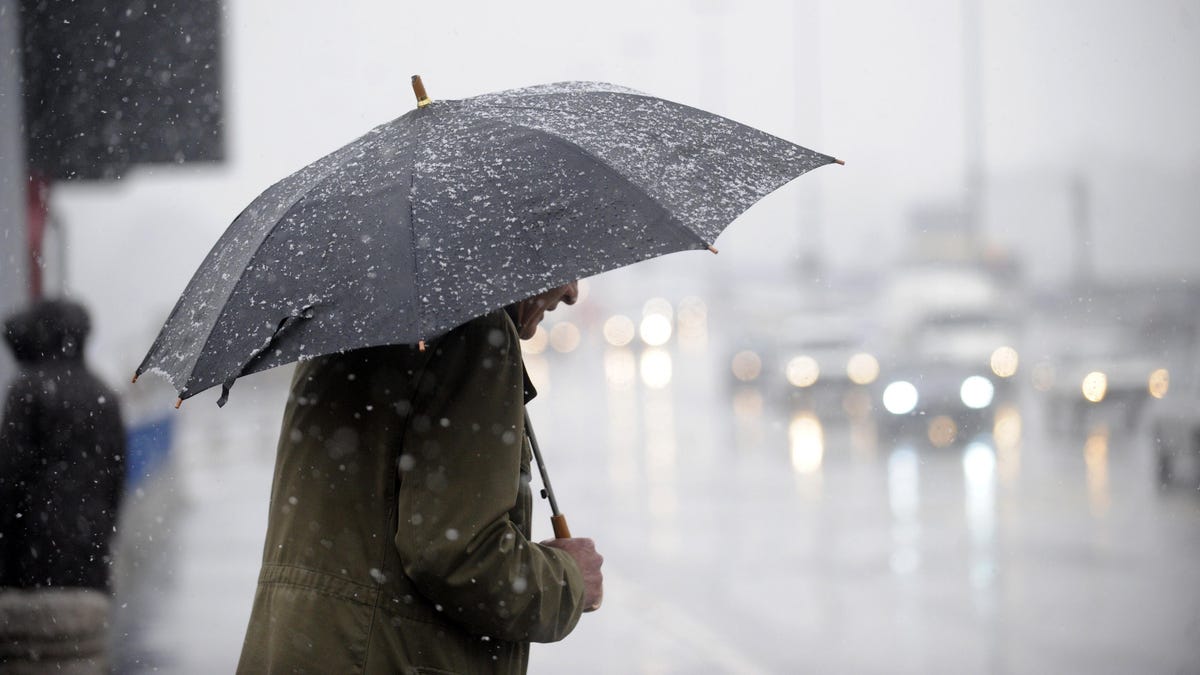Why Weather Forecasts Are Only Accurate Two Weeks Ahead

No matter how advanced science is, we will always reach the limit in predicting the weather for the future – and this threshold is on average two weeks. That’s how long it takes for an unrecorded event in our environment to have a significant impact on the weather. If you’re planning to invite friends over for a picnic, or thinking about going camping in two weeks, don’t worry about whether it’s going to rain or not: there’s a very good chance it will change. That’s why.
Why can’t we predict the weather two weeks ahead?
As you probably guessed, two weeks is not some arbitrary number, it is based on scientific data. Dr. Kerry Emanuel, an atmospheric scientist at the Massachusetts Institute of Technology, has found that two weeks is our limit for predicting everyday weather , even using the best predictive models in the most desirable conditions.
Falco Judt, a meteorological researcher at the National Center for Atmospheric Research, tells Mashable that the reason for this can simply be explained by chaos. The main reason is that it is impossible to know exactly what each atom in space is doing at any given moment. This law is called the uncertainty principle. A single atom is enough to start a deep chain reaction in the atmosphere. After all, the final ingredient in a thunderstorm is simple movement in the atmosphere.
How the butterfly effect affects the weather forecast
Climate scientists use complex climate models to predict what the weekend will be like on your birthday. They entered as much data as possible to make these models as close to reality as possible. But there are limits. “We’re reaching a point where there’s nothing we can do to improve the simulations,” says Dr. Paul Ulrich, professor of regional and global climate modeling at the University of California, Davis. “Eventually, we just got to the point where we would need to observe virtually every single molecule of air in order to make these long-term predictions. And even then, if we knew where all these molecules are, there are external factors that can build up over time and affect the weather forecast.”
Suppose there is a hypothetical model that perfectly models our reality down to the last atom in a drop of water in the atmosphere. You run the model to predict the weather, but a few moments later a tree falls in the real world, not included in the model. As more time passes, the model and reality with the fallen tree will be farther apart, as the fall will no doubt have a ripple effect that will deviate more and more from the model over time. You may know this as the “butterfly effect”. Thus, the further you look at the forecast in your weather app, the more likely it is to be incorrect due to the inability to account for future events.
How accurate are long-range weather forecasts?
Ulrich explains that virtually unobservable effects that cannot be predicted occur all the time on a small scale and can increase over time, becoming important for weather forecasting. “This is a fundamental limitation of both our observing network and the simply chaotic nature of the atmosphere,” says Ulrich.
This does not mean that this two-week average is accurate in all regions of the country, much less around the world. The atmosphere over Florida is much more unpredictable than in most parts of California. Thus, a two-week forecast in California is likely to be more accurate than a two-week forecast in Florida’s more dynamic and less stable tropical weather.
Ulrich explains that the best way to view forecasts is to determine if the event is small or large scale. Small-scale events such as rain and thunderstorms are the most difficult to accurately predict because they can be easily caused or modified by many environmental factors. Even tropical cyclones, which are larger events, are difficult to accurately predict three to five days in advance. On the other hand, large-scale events such as heatwaves or cold spells are much more accurately predicted from 10 days to two weeks. “They are associated with such global wave patterns that spread around the Earth. And so they happen over very large areas, so it’s pretty easy to get the right data on large-scale temperatures.”
So while you may not know if it will rain or not on your birthday weekend, watching larger events such as temperatures or an approaching hurricane will give you a more reliable forecast.